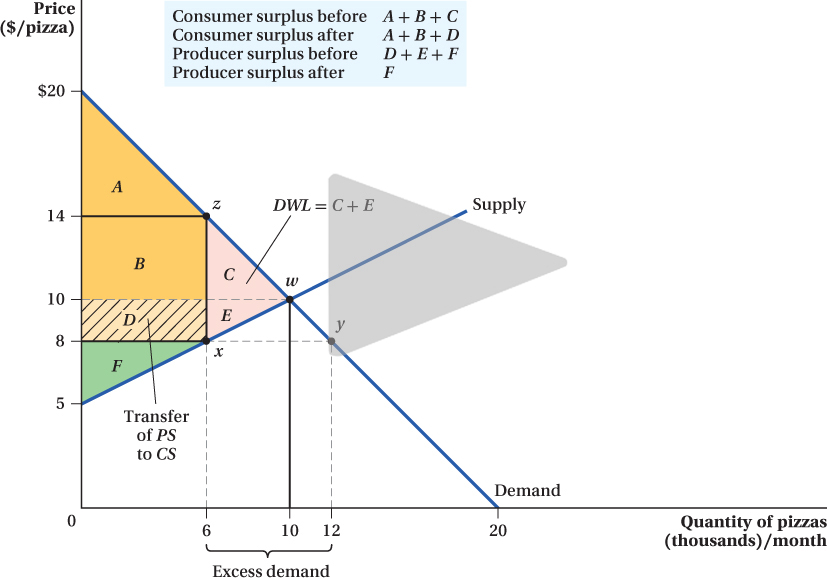
Figure 3.7 The Effects of a Price Ceiling
A price ceiling affects both producer and consumer surpluses. Before price controls in the pizza market, consumers pay $10 per pizza, and producers supply 10,000 pizzas per week at the equilibrium point w. Consumer surplus is the triangle A + B + C, and producer surplus is D + E + F. At the $8 price ceiling, pizzerias are only willing to supply 6,000 pizzas (point x), but consumers demand 12,000 pizzas (point y ), creating excess demand. Because pizzerias are now selling fewer pizzas at a lower price, producer surplus is reduced to area F. The new consumer surplus is the area A + B + D, and the net gain to consumers is D – C. The shaded area C + E is the deadweight loss created by the price ceiling.